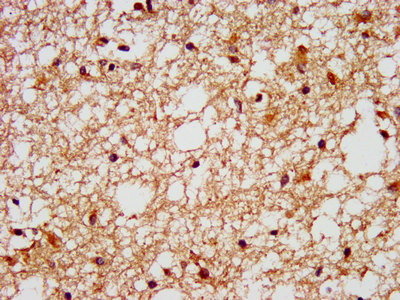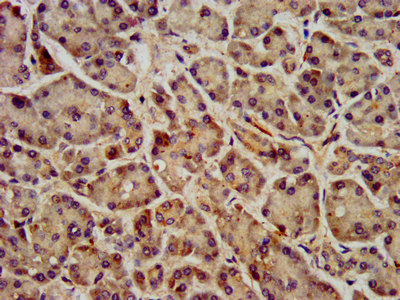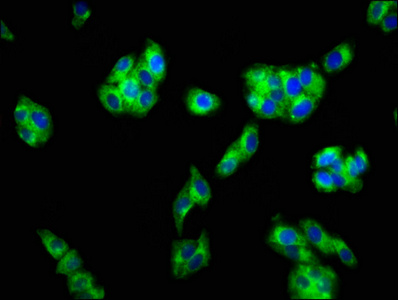CUSABIO's product CSB-PA008604LA01HU is a polyclonal IgG antibody developed against the recombinant protein corresponding to the amino acids 143-178 of the human FFAR1. This FFAR1 antibody got purified by protein G, resulting in a purity exceeding 95%. It is recommended for the recognition and detection of human FFAR1 protein in ELISA, IHC, and IF applications.
The FFAR1 protein is involved in the fatty acid signaling pathway that can lead to the release of insulin from pancreatic beta cells, as well as the regulation of glucose and lipid metabolism in various tissues. FFAR1 has also been implicated in the regulation of appetite and energy expenditure, as well as inflammation, cell proliferation, and differentiation.









